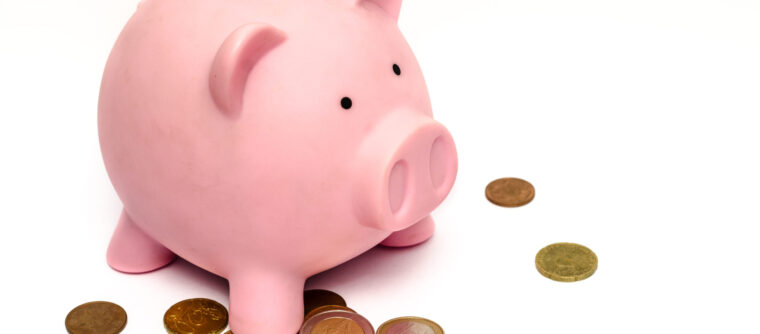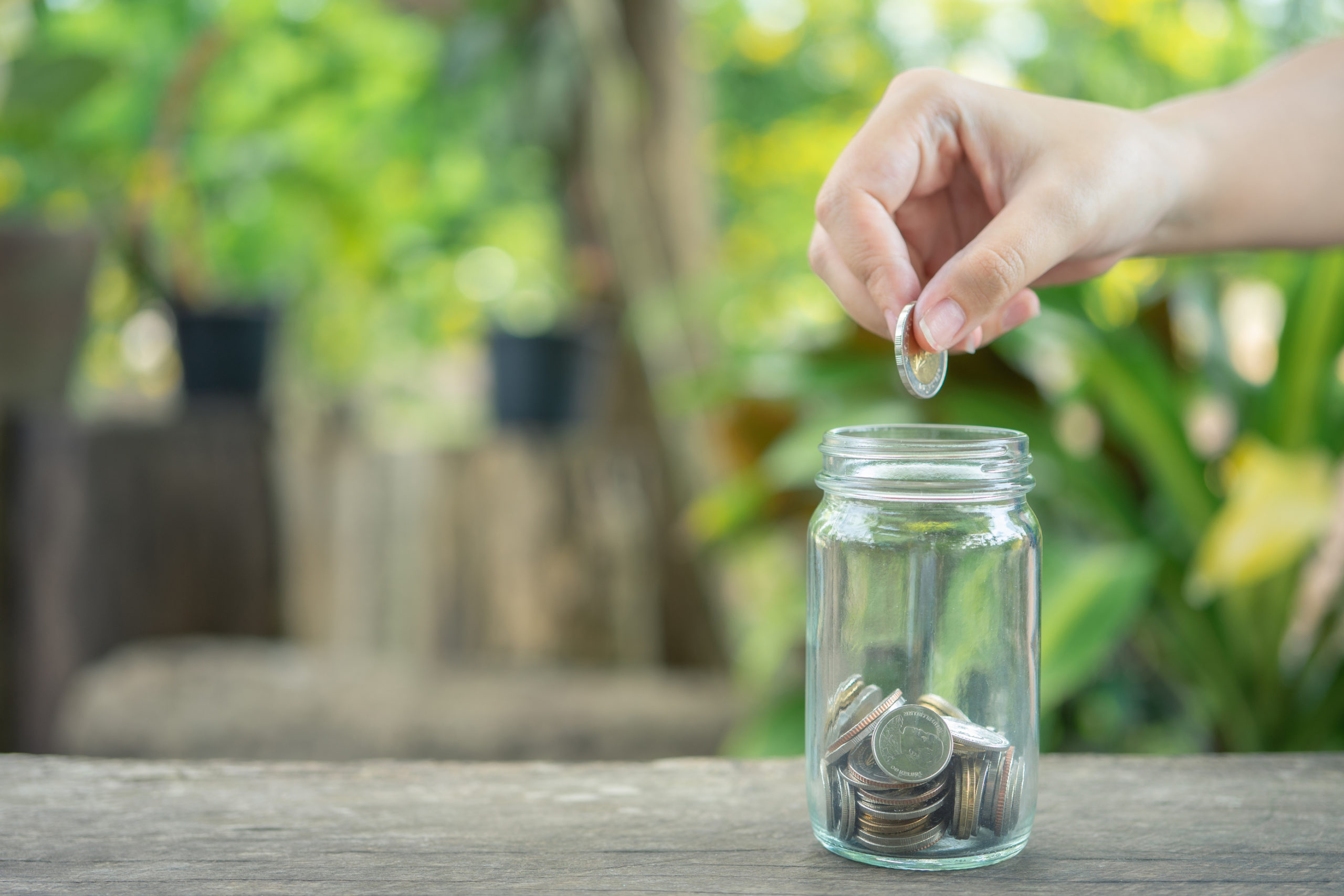
How To Teach Kids To Build An Emergency Savings Fund
As adults, we are always thinking of how best to improve our financial situation. But what are we teaching our children? Let’s talk about the best ways we can teach our kids the importance of building an emergency savings fund. And, exactly how to do it!
Good financial decisions are taught early!
We don’t always have the opportunity to learn how to make the best financial moves as kids. Luckily, as adults, we can learn just how important this. And, pass this information on to our children.
We always hope our kids won’t have to endure the hardships we have, and typically, the young can make some really poor decisions with their money.
A lot of emphasis is put on accruing and saving money. But, typically only for the short term. It’s important we teach our children not just to save money – but how and why to save for the future. Kids need to learn the difference between saving their allowance for a new bike, versus saving income earned to go towards retirement.
Most kids aren’t taught to save their allowance!
Consumer Affairs actually says 75% of parents provide allowances to teach the importance of money; only 3% of kids actually save it.
Sadly, a lot of adults have trouble managing their finances. So why not make the lesson a family project, and learn about building emergency savings funds together?
Build A Family Budget!
The best way to begin learning the importance of a dollar is to sit down as a family and discuss the household budget. Obviously, you want to keep this within the appropriate age range for your children. You don’t want to bore or confuse them.
Make a list!
You should always fine-tune your own financial budget regularly. If you haven’t done this in a while, include the kids! Keep the information basic to start if your kids are of elementary age. The budget can include basic necessities, such as…
- Rent or Mortage Payment
- Electricity
- Water/Garbage Services
- Car Payment
- Groceries
- Internet
- Entertainment (Disney+, Netflix, Etc)
- Emergency Fund
Your emergency fund should always be set within your budget, so you never forget to add to it. If something unexpected does happen, you already have some funds to put towards the issue at hand.
This not only helps to keep things in perspective for the whole family.
It’s a real-life tool that will help your child learn more about what their future experiences dealing with finances will be like!
This also helps facilitate building an emergency savings fund. First, we learn to understand how bills are a necessary part of life, and you should always have money set aside in case of an emergency.
What if the roof needs repairing? Or, your car breaks down? Maybe you have health insurance, or maybe you don’t. Why do we need extra money for Doctor’s bills? These are all real-life scenarios you can use as a learning opportunity. Explain to your child that these situations can happen, and it’s important to try to save money when the time arises.
It’s ok for kids to save their allowance for say, a new toy. But as they do so, try to also have them save towards their own “personal emergency fund.” This helps create a good habit they’ll carry into adulthood!

How to build an emergency savings fund
There are many ways you can help your child start an emergency savings fund.
For younger kids, this can simply be an old school piggy bank. Save your loose change or small bills, for a time you need cash just for an emergency. Not for a new video game (that can be a separate savings activity). One scenario you can justify as an “emergency” for younger kids, might be forgetting to put money on your school lunch account, or a surprise birthday party you need a gift for. Not true emergencies, but you get the idea.
For older kids, you may be ready to start a real savings account they can begin depositing their allowance in. (Or, an app that can also help keep track of allowances they have coming in.) This is another great, real-life scenario to help them navigate. Plus, an extra opportunity to learn how interest and taxes work!
Here is a great savings calculator that can help anyone (even you, Mom & Dad!) figure out how much interest is gained with deposits. It will also help estimate what’s due come income tax time.
Remember to set a goal, and stick to it!
This will be the hardest part for the kiddos.
Most goals for kids when it comes to saving money is the reward. Usually, this means building up enough allowance to buy a new toy or splurge on an activity.
With savings accounts, and especially emergency funds, the incentive isn’t as tangible. It’s important that your child understands this “reward” is different.
Design a reward system that works for your family, without affecting the emergency savings fund. Setting small goals helps; say, 10% of their allowance a week goes to the fund?
On a monthly, weekly basis (whatever you’re comfortable with), do something to celebrate meeting the goal. That is, without using any of your savings!
Have a dance party, give extra screen time, or plan a family movie night. Whatever you decide, just make sure your child feels rewarded for saving their money, and the incentive is there to stick to the goal!


IT is a really important concept for kids to learn to start saving early. These are great ideas for teaching them to build a savings fund.
This is a wonderful idea! I love the family budget idea! My oldest will be 13 soon and we’ve discussed getting her, her own check card. We want to teach her how to track her spending and be responsible.
I learned the value of savings for about a year by following many of these tips and even if at first it seems a long and unattainable process, then the results are visible.
Very important to kids to discuss them what the difference of needs and wants. Very great ideas. Thank you for sharing these.
Teach fiscal responsibility early on is SO important. Thanks for sharing these great tips…it’s not easy to save but in the end it is so worth it.
It’s so important to teach kids financial literacy early on! Great advice and hopefully this helps many kids with managing money in the future!
These are great tips to help instil good saving habits for children from a young age. I will take these ideas and make my kids understand the value of money more.
It’s such an important skill (budgeting) to teach your child. We are doing so these days. Your tips will come in handy.